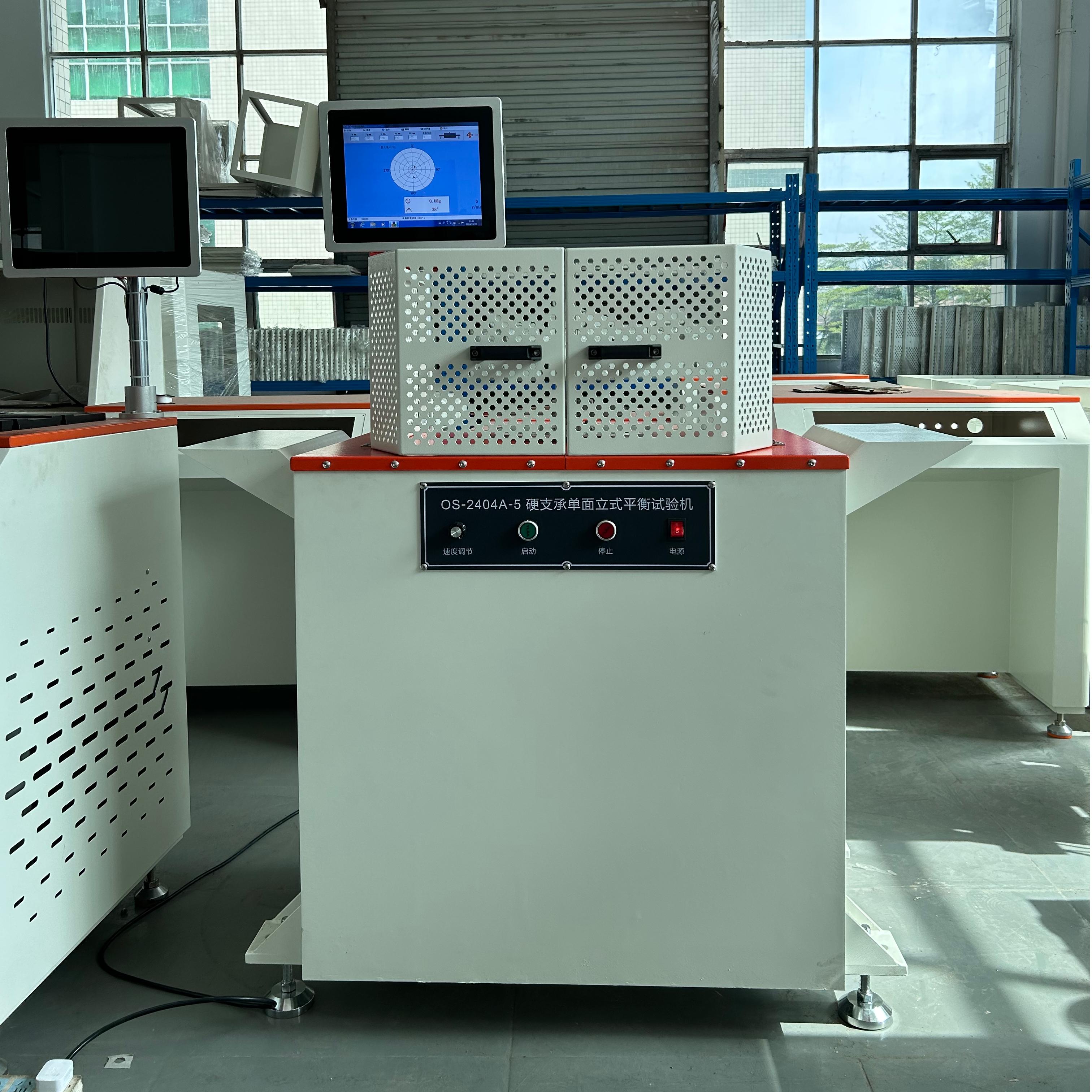Balancing Machine: A Crucial Device in Industrial Manufacturing

In modern industrial manufacturing, balancing machines play an indispensable role. They are instruments used to measure the imbalance of a rotor and correct it based on the measurement results.
This ensures that the vibration generated during rotor rotation and the force acting on the bearings are within acceptable limits. As a result, vibrations are reduced, performance is enhanced, and product quality is improved.
Features of Balancing Machines
Balancing Correction: The primary function of balancing machines is to correct the balance of a rotor. By improving the mass distribution of the rotor relative to the axis, the vibration and force on the bearings during rotation are reduced.
Quality Improvement: They can enhance the quality of the rotor and the products it constitutes, reduce product power consumption, extend equipment life, and boost production efficiency.
Equipment Protection: Reducing vibration can prolong the service life of support components (such as bearings), cut maintenance costs, and enhance equipment reliability and stability.
Applications of Balancing Machines
Automotive Manufacturing: The balance of rotating components in automobiles, such as engines, drive shafts, and brake discs, directly affects driving stability, comfort, and safety.
Balancing machines can accurately correct the balance of these parts, ensuring the high performance and quality of vehicles.
Aerospace: Aerospace equipment has extremely high precision and stability requirements for its components. Even slight imbalance in rotating components like turbine blades can lead to increased vibration and noise,
impacting flight safety. Custom balancing machines are designed for the special materials, shapes, and precision requirements of aerospace parts. Equipped with high-precision sensors and advanced measurement systems,
they can detect tiny imbalances and make precise corrections.
Appliance Manufacturing: Motors and parts in appliances like vacuum cleaners, juicers, fans, and air conditioners need to be balanced with balancing machines. This reduces vibration and noise during operation, extends product life,
and enhances user experience.
Machinery Manufacturing: In the field of machinery manufacturing, balancing machines are widely used for balancing components of various rotating machines, such as machine tool spindles, fan impellers, and turbine rotors.
This ensures the normal operation and high-precision processing of mechanical equipment.
Technical Advantages of Balancing Machines
High-Precision Measurement: With advanced sensors and control systems, they can accurately measure the vibration state and imbalance of rotors, ensuring the accuracy of balance correction.
Efficient Correction: They have high-speed rotation, high load capacity, and high bearing capacity, enabling quick completion of balance correction work and improving production efficiency.
Intelligent Automation: Many modern balancing machines are intelligent and automated. They can automatically regulate and control the balance correction process through pre-set programs and algorithms, without manual intervention.
They also have self-diagnosis and fault排除 functions, enhancing operational stability and reliability.
Strong Adaptability: They can adapt to balance processing of rotors of different specifications, shapes, and materials, offering strong versatility and flexibility.
Data Management: Some high-end balancing machines can achieve information management and remote monitoring. By connecting with factory information systems and product management systems,
they can monitor and record equipment operation and correction data in real-time, facilitating quality control and equipment management for users.
Customized Balancing Machine Services
Different industries and enterprises have varying requirements for balancing machines. Therefore, customized balancing machine services have emerged.
Professional balancing machine manufacturers can provide tailored solutions based on specific customer needs, including the design and manufacture of equipment specifications, models,
and functional configurations, to meet the unique requirements of different customers.
Conclusion
As a key device in industrial manufacturing, balancing machines are vital for improving product quality, extending equipment life, and reducing production costs.
With continuous technological advancements and innovations, balancing machines will become more intelligent, efficient, and precise. They will provide superior and more reliable balancing correction solutions for various industries,
driving the ongoing development and progress of industrial manufacturing.


